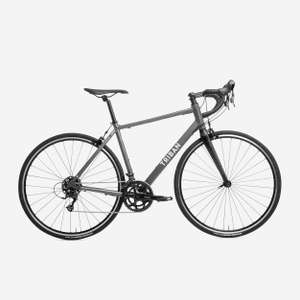
142°
30/04/2024Posted 4 h, 27 m ago
Triban Road Bike Bicycle RC 120 700 Wheels 16 Speed Carbon Fork Cycling - w/Code (Sold By Official Decathlon Store)£316.99 Free shipping
Best price I came across, decent bike


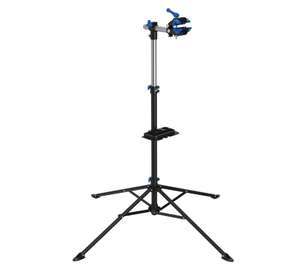
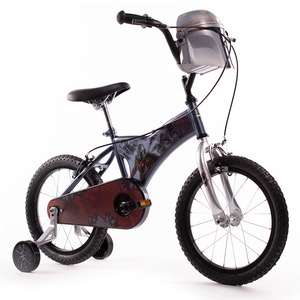
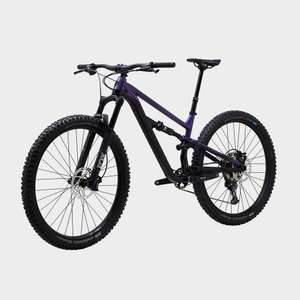

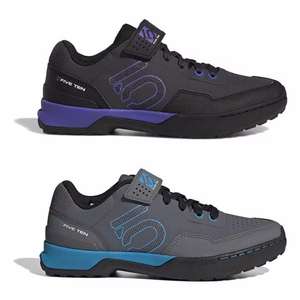
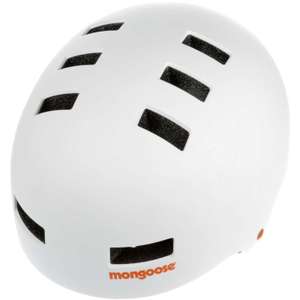
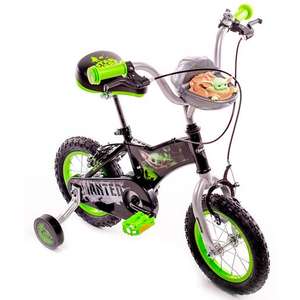
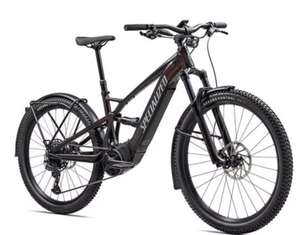
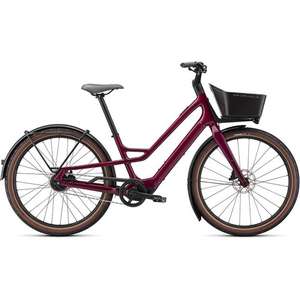
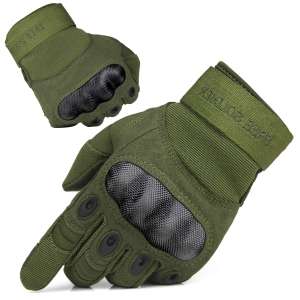
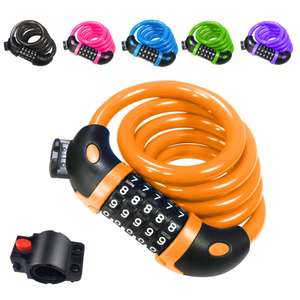
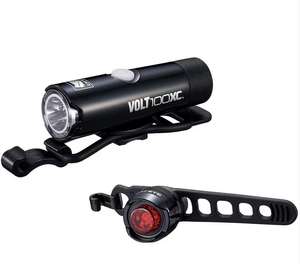
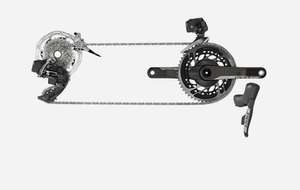
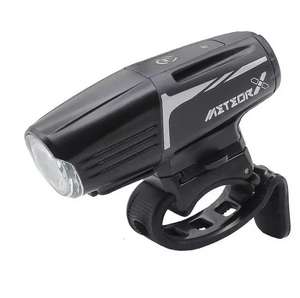

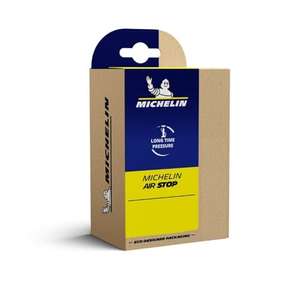

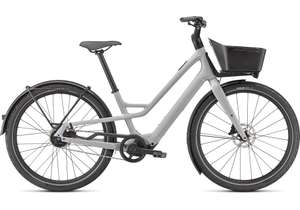
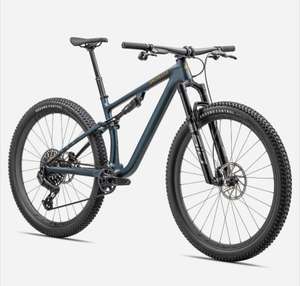
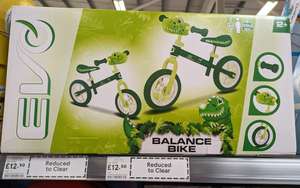
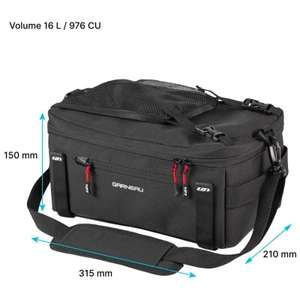
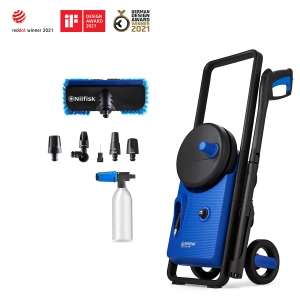
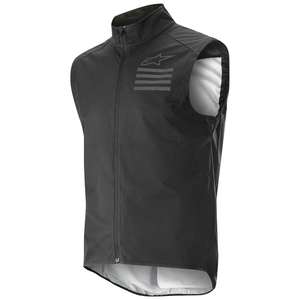
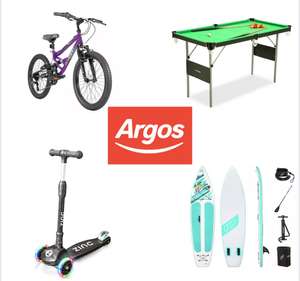
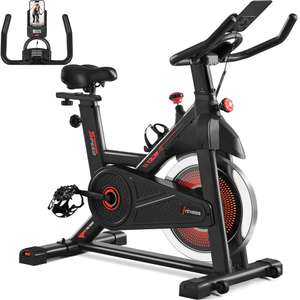
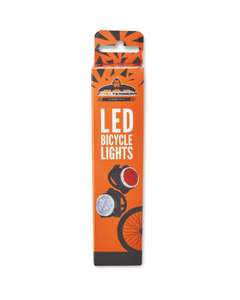
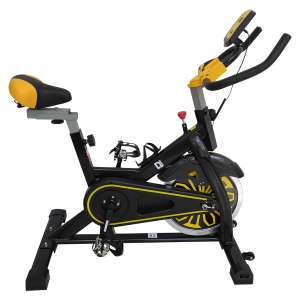
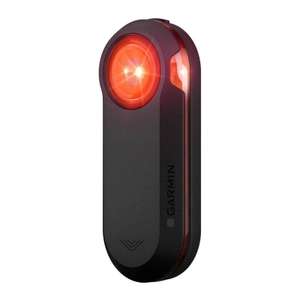
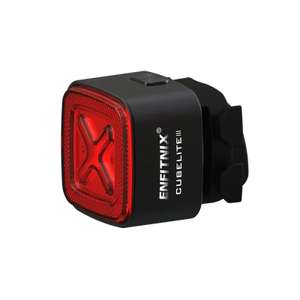
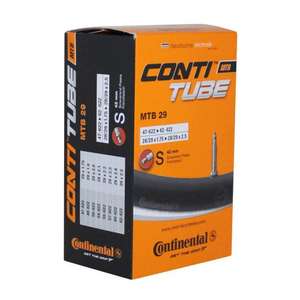
The bike, or bicycle as it otherwise known, is by far the most popular and most widely produced vehicle in the world. Great for sport, recreation and fitness, bikes are also used by courier services, military, and police for work. Today, there's a whole wide world of different bikes available, at a wide range of prices. The choice can seem overwhelming, which is why we've compiled some of the best deals to be found online, here at hotukdeals, to help our customers make an informed choice.
A beautifully simple invention, the pedal-driven frame with two wheels has become iconic in itself and the bicycle's basic configuration and shape has changed very little since the first chain-driven models were created in the late 19th century. There have, however, been many improvements on the small details, even more so since the technological developments of the 20th century, such as plastics and computer-aided design, have taken hold. These developments have allowed for the improvement of specialised designs for different types and styles of cycling. The invention of the bicycle has had a huge impact on society, both in cultural terms and in terms of advancing modern technological and industrial methods.
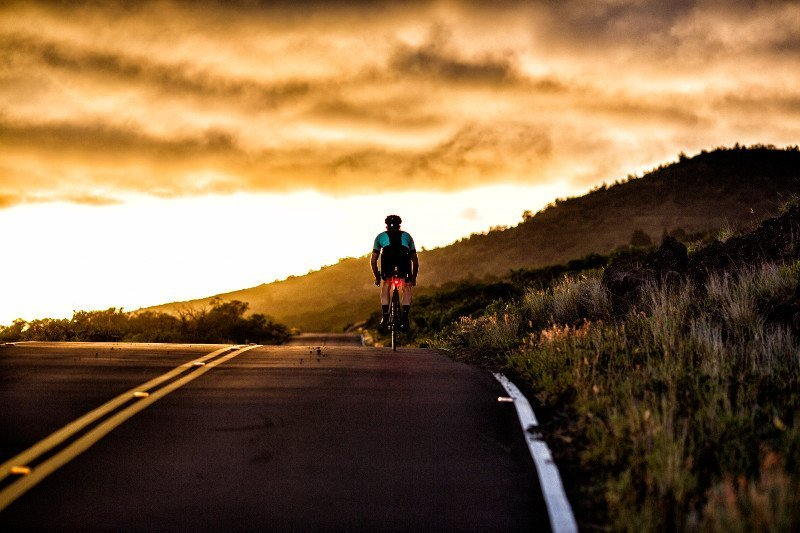
Road bike – Designed for travelling on paved roads at speed. Road bikes are built for endurance rather than fast bursts of speed, and as such they usually feature large numbers of derailleur gear combinations, narrow tyres and a lightweight frame.
Pros:
Agile and light, designed for speed.
The "over-the-handlebar" position allows for maximum leg power and an aerodynamic shape.
Tall, narrow light wheels reduce friction on the road.
Cons:
Not as hardy as a mountain bike.
Slow riding is difficult due to the high gear range.
The seating position can become uncomfortable for the rider's wrists and neck.
Mountain bike – Also known as All Terrain Bicycles, these are designed for cycling off-road. The features include strong, wide gauge treaded tyres, highly durable wheels and frames, and a cross-wise handlebar, which helping when riding over bumpy terrain.
Pros:
The sturdy frame and small components are made to withstand a lot of wear and tear.
The suspension allows far more control as the tyres remain in contact with the ground.
The geometry of the frame gives good traction to steep climbs and loose dirt or mud.
Cons:
Heavier than road bikes, and it is tougher cycling uphill as a result.
The suspension takes some efficiency away from the pedal stroke.
The smaller wheels mean more rolling resistance.
Commuter bike – These are designed specifically for the daily commute over short or long distances in cities and towns. The typical commuter bike features 700c wheels with light tyres, derailleur gears and a carrier rack. A properly equipped commuter bike also features front and rear lights for use commuting in the early morning or evening. Some commuter bikes are also foldable, which is great for those who lack space at work.
Pros:
Good all-rounders, combining speed with durability and comfort.
A great way to exercise and lower your carbon footprint.
Perfect for everyday use in towns, cities and even between villages in more rural areas.
Cons:
Not as tough as a mountain bike.
Slower than racing bikes.
Can sometimes be on the heavy side.

Single speed bike – These bikes have just one gear and are designed for cycling relatively short distances, over relatively flat terrain. With some single speed bikes, the pedals can, or sometimes must, be pedalled backwards to slow down, in lieu of a brake attached by cable to the handlebar.
Pros:
They require less maintenance than more complex, multi-geared bikes.
Having fewer components makes them more a more affordable option.
The low number of components also makes them fairly lightweight.
Cons:
The lack of gears means riding uphill will be more difficult.
Not as versatile in terms of the terrain they can be ridden on.
Low power output and pedalling efficiency.
BMX bike – Standing for “bicycle motocross“, the BMX was originally designed for BMX-racing and is now used in park, street, dirt and flatland racing, as well as the famous, BMX Freestyle, where racers push the stylistic limits of the sport. The BMX has had something of a cult status in popular culture since the 1970s.
Pros:
They are an affordable choice, at around half the price of a mountain bike.
Lightweight, transportable and fun to ride.
Not too much servicing or maintenance is required.
Cons:
Not great for long commutes to and from work.
Less comfortable than commuter bikes as they weren't designed for "in-saddle" riding.
Going uphill can be arduous.
Cyclocross bike – Specifically designed for cyclocross racing, these bikes are designed to endure the rigours that the race demands. Cyclocross bikes look very similar to racing bikes, with the major difference being the geometry of the frame and the wider tyre clearances that a cyclocross bike has.
Pros:
Highly versatile. You can ride it on dirt or pavement.
Relatively inexpensive when compared with mountain bikes.
Great in all weathers.
Cons:
Heavier than a mountain bike.
Not as aerodynamic as racing bikes.
The brake power is somewhat diminished (unless you have disc brakes).
Electric bike – With an integrated electric motor used for propulsion, which is powered by a rechargeable battery, the electric bicycle, or e-bike, ranges from those with small motors which merely assist the pedal-power of the rider to those with more powerful motors which lean towards a more moped-like functionality. The key factor is that electric bicycles all have the ability to be solely pedal-powered, and therefore, they are defined as electric motorcycles.
Pros:
Cheap to run, costing just a few pence to charge the battery fully.
Quicker, safer and more controlled than pedal bikes and with faster acceleration capabilities.
Fun to ride and no need for a license or MOT.
Cons:
They're a more pricey option starting at around £500.
Heavy to pedal or push when the battery runs out.
The higher cost can make them a potential target for thieves.
Kid's bike – A bike fuels a child's imagination in many ways, allowing them to explore their environment. Designed especially with the needs of small children in mind, children's bikes come in various sorts, ranging from balance bikes, which don't have brakes or pedals, all the way up to replica racing and mountain bikes on a scaled-down size.

When you start looking for a new bike, you'll soon begin to encounter a whole world of jargon and terminology and it can become a little daunting. Here's some information about some of the main specifications of a bicycle's component parts.
Frames – The skeleton of a bicycle and a part that's largely remained unchanged since the bike was first invented. The frame can be made from a variety of materials, including hi-tensile steel, aluminium, carbon fibre, titanium, or even more unusual materials such as bamboo or wood.
Forks – The part that connects a bicycle's front wheel with its frame and handlebar, therefore allowing for steering.
Gears – The mechanism that moves the bike's chain, mostly using a cable, between the sprockets on a chain ring or sprocket assembly.
Brakes – Essential for slowing down, there are various types including rim brakes and disc brakes, which are operated by levers, and coaster brakes, whereby the rider must pedal backwards to operate them.
Wheels – The metal spoked parts that give a bike movement. Some bicycle wheels are “quick release“, which allows for removal and attachment without using a spanner.
Tyres – In most cases, bicycles use inner tubes which are glued to the rim of the wheels and then inflated. Tubeless tyres are, however, becoming increasingly common.
Handlebars – Attached via the fork to a steering tube, to let riders steer and to provide space for accessories and controls.
If you walk into a cycle shop or search online and it's very easy to quickly find yourself lost in the sheer number of choices. There are some factors to bear in mind, and questions to ask yourself when buying a bike to ascertain whether or not this is the right bike for you.
What sort of rider are you? – Be realistic, but don't underestimate yourself either. Are you a recreational cyclist or an enthusiast? Will you be going cross country or travelling in urban areas? The more you know when you go to make a purchase, the better equipped you'll be to make an informed choice.
What's your budget? – The price of bikes can range from under £100 to way up above £10,000 for very professional models. If money is no object, then that's great, but for most people getting a good bike at an affordable price is an important factor. When you know what you'll be using your bike for, it's easier to shop around for a good deal.
Get the right saddle – This is another important factor, not just for general comfort when riding but also for the health of your back and neck. Cycling, especially over longer distances, can be uncomfortable with a saddle that's ill-fitted to your shape. Women and men have differently shaped pelvises, so saddles are ideally different for the sexes. It's also important to adjust the saddle to your height.
You can really make the most out of your bike by choosing the right accessories for your tastes and requirements. There's a whole world of accessories available for your bike, ranging from safety features to maintenance and repair, to storage to the purely aesthetic. The appropriate accessories also depend on the type of bike you have. Some of the main ones are listed below:
Baskets – Great for commuter bikes or single speed bikes, especially if you don't want to carry a bag while you’re cycling.
Bells – Good for alerting pedestrians who aren't paying attention to your presence.
Helmets – A very important accessory and, in the case of an accident, a potentially life-saving one.
Lights and reflectors – It's illegal in the UK to cycle without lights on a public road in the hours of darkness. While this law is not always policed, they remain a very important and common sense safety feature to have for your own protection.
Hi-visibility jackets and strips – They may not be the most stylish accessories, but you'll definitely be seen in the headlights of any passing cars after dark.
Locks – It's important to have a good lock as, unfortunately, bikes are common targets for opportunistic thieves. Many cyclists, in fact, have one for each wheel.
Child seats – For carrying the little one safely and securely on your bike.
Kick stands – Helping to keep your bike upright when parked.
Toe clips and straps – Designed to keep your feet in place on the pedals, preventing slippage.
Cycling power meters and cyclocomputers – For measuring the rider's power output and calculating trip information, respectively.
Tool kits – Specialised, portable tool kits for basic repairs and maintenance, often including a thin wrench and a puncture repair kit.

From specialist bike retailers to major supermarket chains to online retail giants, there's a wide range of sellers online who stock a variety of different bicycles. One of the UK's best-known bike and bike accessory shops is Halfords, and they're always worth checking out when it comes to anything bicycle related. In the last fifteen years Wiggle has also become a major force in UK bike retailing. Supermarket turned retail giant Tesco stock a range of bicycles, as do the UK division of Walmart, Asda. High street favourite Argos also provides bikes at good prices, and of course, you can also find a wide selection at online retail behemoth Amazon.
While there's no official "best time" to purchase a bicycle, there are certain times of year when you can save money and get a good deal. Every year in September (or around that time) most of the major bike manufacturers release their newest models. Many bike shops will be looking to clear out the old to make room for the new, meaning lower prices. It’s a good option if you don’t mind having last year’s model.
You can also get a good deal on a new bike during the traditional (and also the more recent) annual sales. Black Friday, Cyber Monday, Christmas and the January sales are all good times to look because not only are the retailers competing for your custom, the winter is the "off-peak" season for cycling and many bike shops are simply looking for business.
At hotukdeals, you can take advantage of some of the best online deals on bicycles. We post all the hottest deals as soon as we get them. Why spend more, when you can save? Take a look at our dedicated Bikes page and get your discount today!